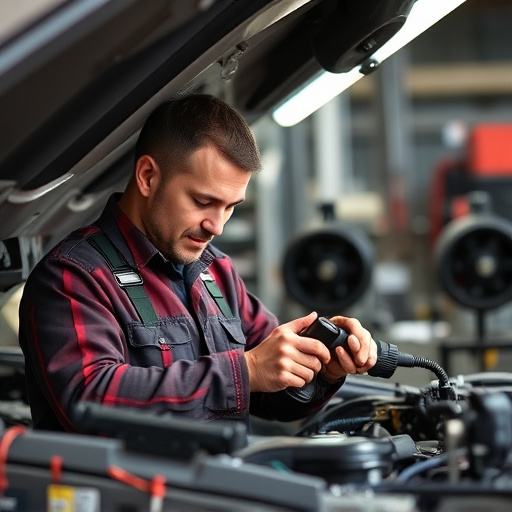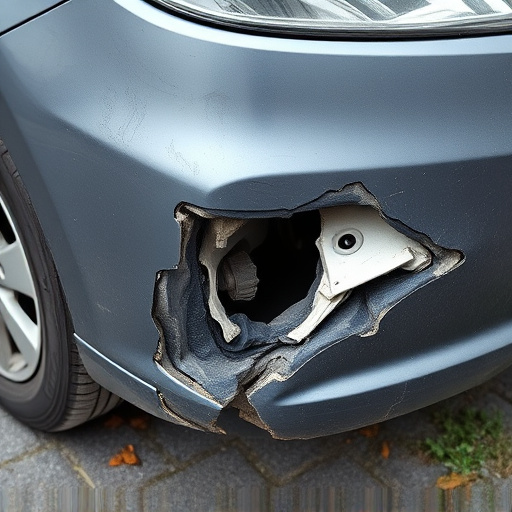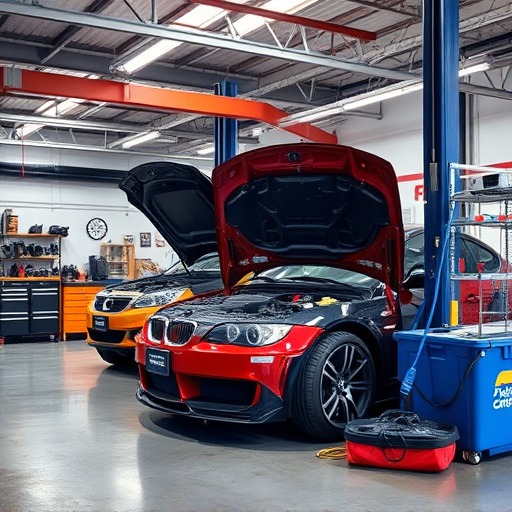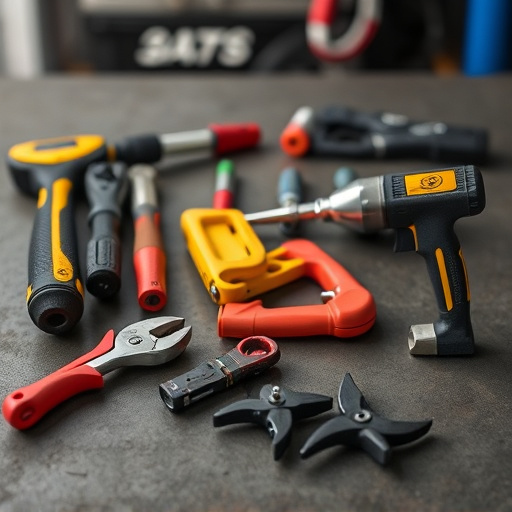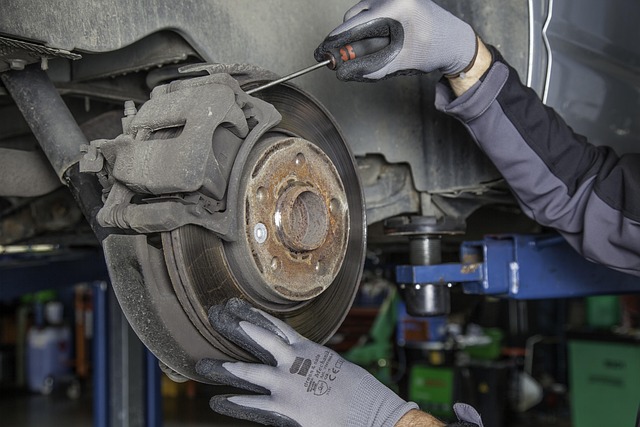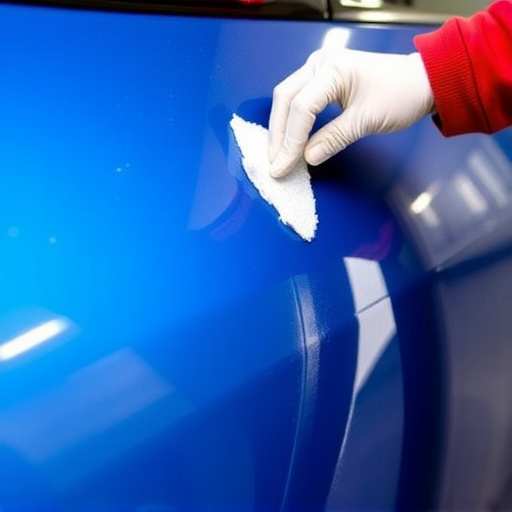Efficient towing to collision centers is crucial for automotive sector sustainability. Specialized services with advanced equipment minimize environmental impact by reducing secondary damage and expediting repairs. Best practices include fuel-efficient trucks, energy recovery systems, optimal routing, green lubricants, and recycling programs, all contributing to a more eco-conscious future in vehicle repair.
In today’s digital era, understanding the intricacies of towing to collision centers is paramount. This process plays a crucial role in the automotive repair landscape, from efficient vehicle transportation to adhering to stringent environmental regulations. This article delves into two key aspects: unraveling towing procedures specifically for collision centers and exploring the environmental impact with a focus on compliance. Additionally, we highlight best practices for eco-friendly towing operations.
- Understanding Towing Procedures for Collision Centers
- Environmental Impact: Regulations and Compliance
- Best Practices for Eco-Friendly Towing Operations
Understanding Towing Procedures for Collision Centers
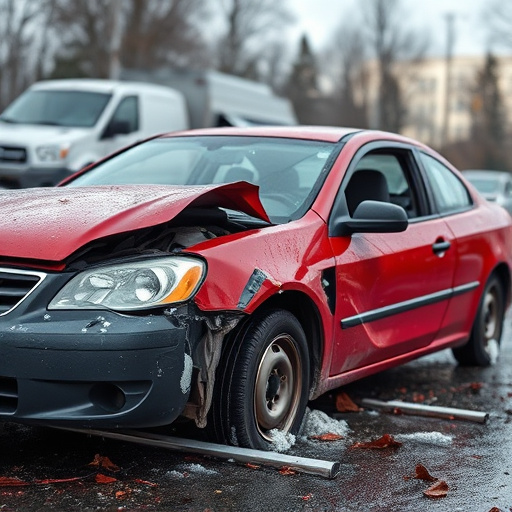
Understanding Towing Procedures for Collision Centers plays a pivotal role in ensuring smooth operations and customer satisfaction. When a vehicle experiences collision, efficient towing becomes crucial to facilitate prompt repair and restoration. Proper towing procedures involve careful handling of damaged vehicles, considering their delicate condition, to avoid further harm during transit.
Collision centers typically employ specialized towing services equipped with advanced equipment tailored for secure transportation. These services adhere to strict safety protocols and environmental regulations, ensuring the well-being of both vehicles and the ecosystem. Efficient towing not only minimizes secondary damage but also facilitates faster turnaround times for car paint services and comprehensive vehicle repair, ultimately benefiting customers seeking top-notch car damage repair solutions.
Environmental Impact: Regulations and Compliance
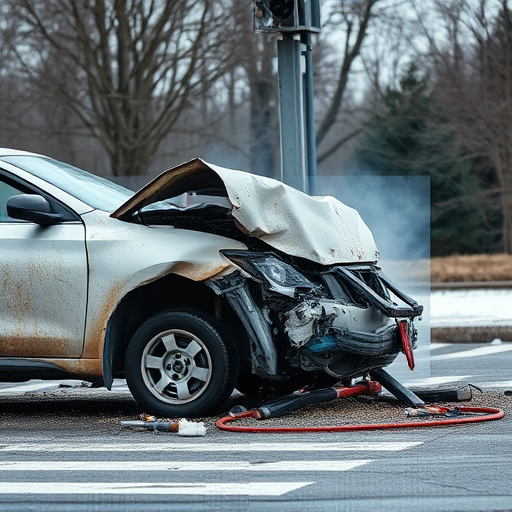
The environmental impact of towing vehicles to collision centers is a significant consideration in the automotive industry. With an increasing focus on sustainability and green practices, strict regulations are in place to govern how these processes are handled. When a vehicle requires collision repair or is involved in an accident, proper procedures must be followed to minimize ecological damage. This includes the responsible disposal of hazardous materials, such as fluids and batteries, which can have severe environmental consequences if not managed correctly.
Auto body services and collision repair centers play a crucial role in ensuring compliance with these regulations. They employ specialized techniques and equipment to safely recycle and dispose of vehicle components, preventing toxic substances from entering the environment. Many modern automotive body shops prioritize eco-friendly practices, offering towing to collision centers that align with environmental standards, ultimately contributing to a greener future for the industry.
Best Practices for Eco-Friendly Towing Operations
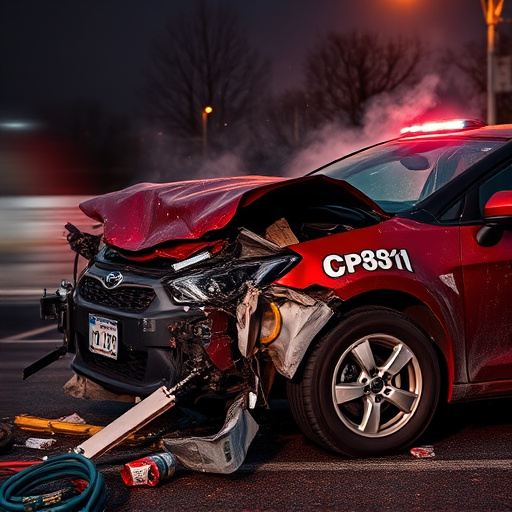
In the realm of eco-friendly towing operations, best practices are essential to minimize environmental impact during the sensitive process of towing vehicles to collision repair centers. One key strategy is adopting fuel-efficient tow trucks and maintaining them regularly to ensure optimal performance. This not only reduces carbon emissions but also lowers operating costs for towing companies. Additionally, utilizing innovative technologies like advanced recovery systems can recapture kinetic energy during braking, contributing to greater sustainability.
Proper routing and dispatching techniques play a pivotal role as well. Optimizing routes based on geographic proximity to collision centers minimizes fuel consumption and reduces the carbon footprint of each tow job. Furthermore, integrating green practices into day-to-day operations, such as using biodegradable lubricants and implementing recycling programs for used materials, demonstrates a commitment to environmental stewardship. These measures not only benefit the planet but also enhance the reputation of towing services among environmentally conscious customers, especially in light of growing awareness about hail damage repair and vehicle collision repair’s ecological implications.
Towing to collision centers is not just a logistical process; it’s a critical component of automotive repair and environmental stewardship. By understanding proper towing procedures, adhering to stringent environmental regulations, and adopting best practices for eco-friendly operations, industry professionals can ensure efficient, safe, and sustainable vehicle transportation. This holistic approach not only facilitates faster collision center services but also minimizes the ecological footprint, contributing to a greener future.
